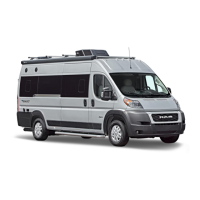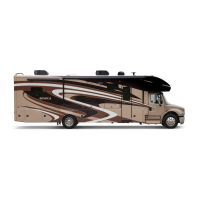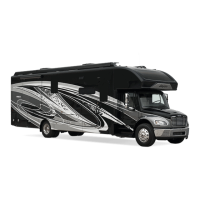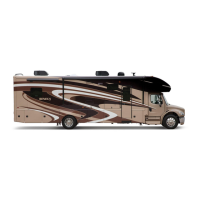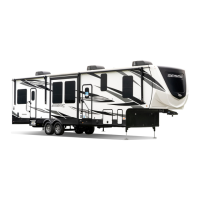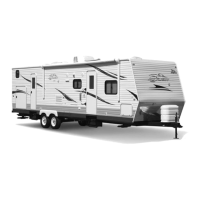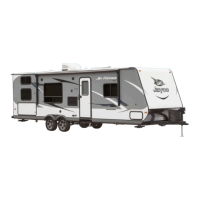34
Emergency Stopping
Always carry road ares or reective warning signs. Pull o the roadway as far as possible
for emergency stopping. Turn ON your vehicle hazard warning ashers. If traveling at
night, use three red warning indicators such as ares, reectors or lanterns as required by the
Uniform Vehicle Code and Model Trac Ordinance as follows:
1. Place the rst warning indicator on the trac side of the recreation vehicle, directed at
the nearest approaching trac.
2. Place the second warning indicator 100 feet behind the recreation vehicle in the center
of the lane and toward approaching trac.
3. Place the third warning indicator 100 feet in front of the recreation vehicle in the center
of the lane and away from the trac approaching from behind.
Curves and/or hills may affect the safe placement of warning
indicators.
For personal safety, always stand o the road and out of the way of trac.
Emergency Towing
If your motor home ever needs to be towed, refer to the instructions in your Chassis Guide.
Please contact an emergency road service provider or a qualied service facility for assis-
tance,
Make sure the road service technician reads and is familiar with the information contained
in your Chassis Guide regarding emergency towing.
Never allow anyone to go under the motor home while it is being lifted
by towing equipment.
Be aware of the strap locations. Misplaced straps could result in damage
to the exterior of your unit. Damage resulting from misplaced straps is
the responsibility of the towing company, and is not covered by the unit
warranty.
When using full hook-up, connect the sewer hose to the campsite sewer hook-up.
If applicable, start the refrigerator and the cooling or heating system.
For extended dry camping, management of all your resources
is essential. Check your battery levels and conserve battery power, use it
sparingly
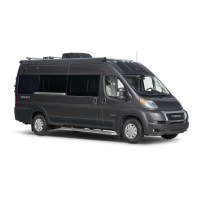
